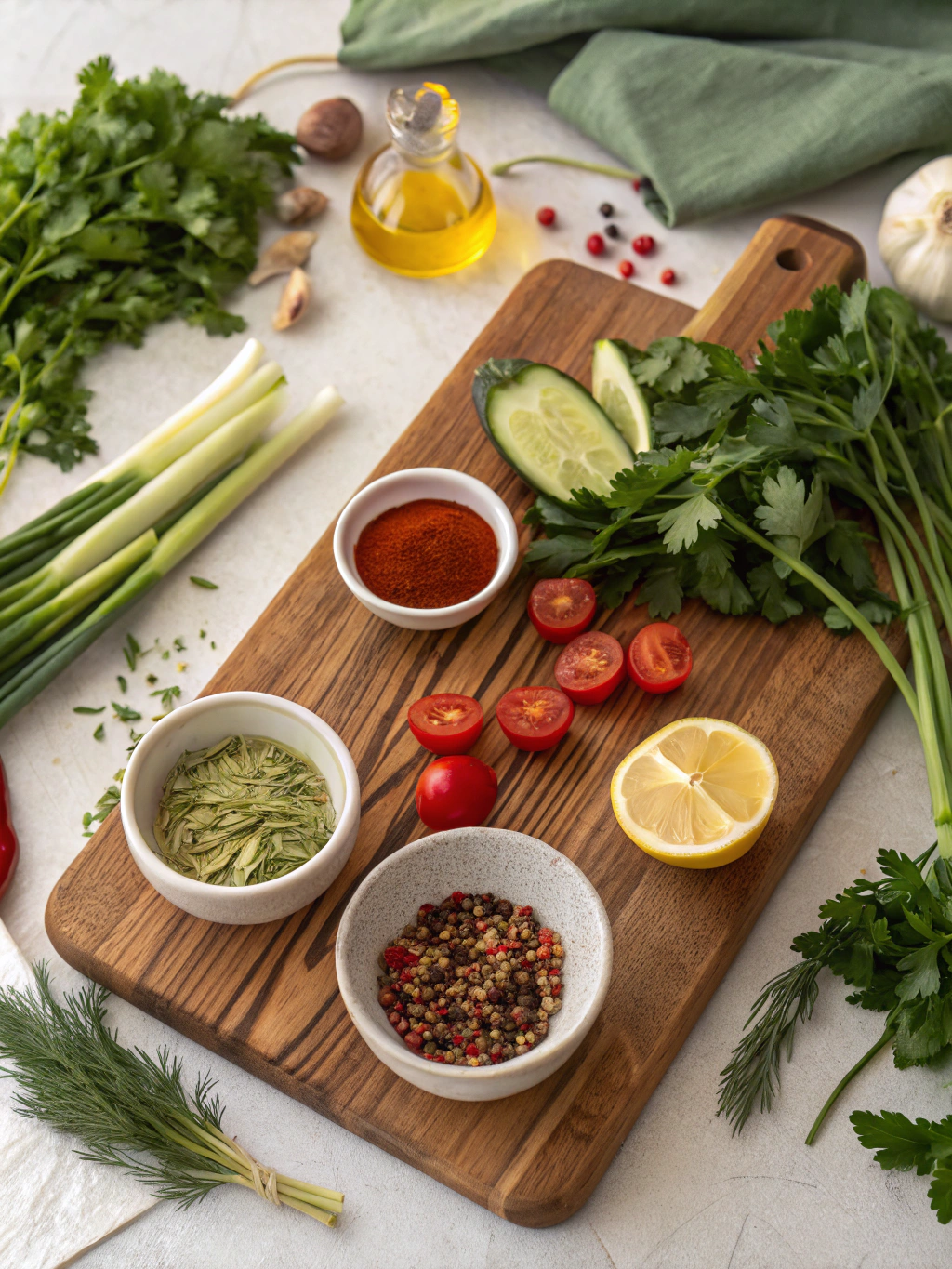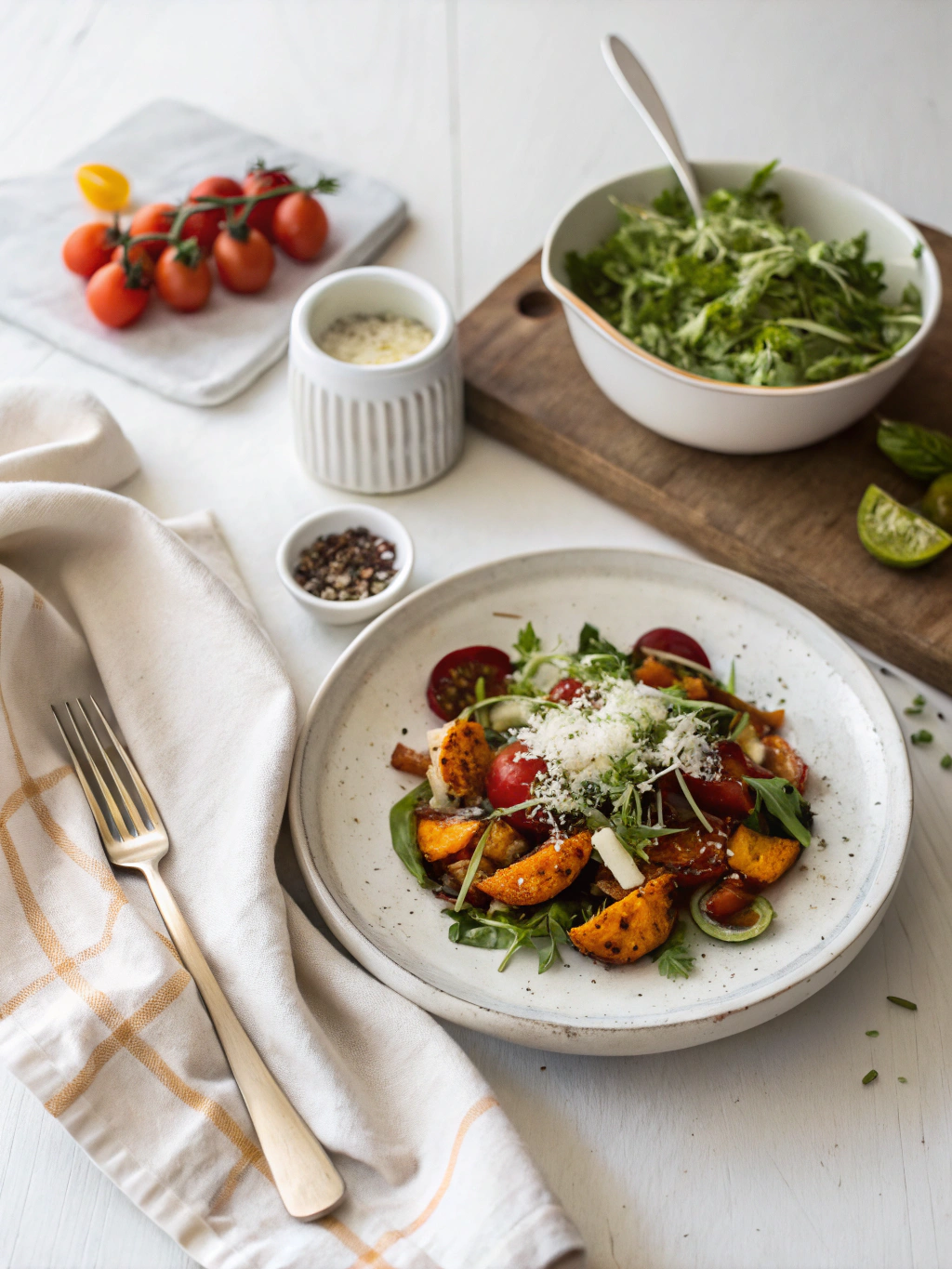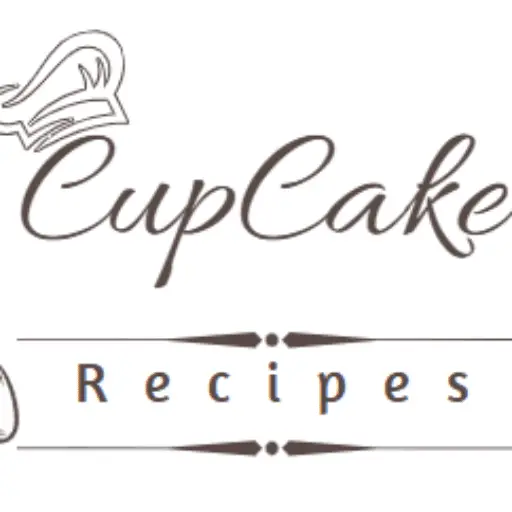“`html
Ever since I embarked on my journey as a food blogger, finding effective food blog traffic strategies was a priority. Emphasizing both creativity and analytics, these strategies enabled a remarkable increase in my blog’s visibility and audience engagement. Whether you’re an aspiring food blogger or a seasoned cook, understanding these tactics can significantly transform your online presence.
Ingredients List
At the heart of every successful food blog is the ability to convey recipes with clarity and precision. Just as ingredients transform into culinary masterpieces, similarly, strategic elements form the backbone of a successful blog. Here’s a rundown on the essential ‘ingredients’ for a thriving blog strategy:
- Quality Content: High-quality images, compelling storytelling, and well-structured recipes.
- SEO Mastery: A deep understanding of keywords, meta descriptions, and SEO tactics. Enhance your skills in this area by exploring Master SEO specifically tailored for baking blogs.
- Audience Engagement: Developing a strong rapport with your audience through comments and social media.
- Visual Appeal: Beautiful Photography paired with rich, engaging content.

With these ingredients in place, not only is your blog search engine optimized, but it also ensures an engaging experience for readers. Focusing on these elements helped me discover and apply Food Photography Tips that resonated with my audience and improved my blog’s visibility.
Timing
Timing plays a crucial role in the execution of any food blog traffic strategy. Key aspects of timing include:
- Content Calendar: Planning and scheduling posts to maintain consistency.
- Seasonal Content: Aligning recipes with seasonal and holiday trends.
- Engagement Intervals: Responding promptly to comments and social media inquiries to boost interaction.
When I began scheduling my posts around relevant holidays and seasons, I observed a noticeable increase in engagement and traffic. For example, posting a pumpkin pie recipe in September attracts readers planning their Thanksgiving menus.
Similarly, ensuring regular and consistent content updates primes your blog for better rankings. This rhythmic approach not only keeps your readers engaged but also enhances your authority in the food blog landscape.
Step-by-Step Instructions
Transitioning from ingredients to execution, here’s how you can prepare and implement food blog strategies.
Step 1: Define Your Niche
The first essential step is identifying and understanding your niche. Specializing in a specific area such as vegan desserts or gluten-free bakes can give your blog a unique identity. This ensures your blog attracts an audience that resonates with your style and content.
Step 2: Develop Quality Content
Content is king on the internet. Your content should not only be informative but also engaging. Don’t shy away from including personal anecdotes, as they can humanize your blog and create a genuine connection with your readers. Employ a mix of recipe posts, how-tos, and food exploration stories to captivate your readers.
Step 3: Master SEO
SEO optimization is vital for reaching a broader audience. Your posts should include relevant keywords like ‘food blog traffic strategies’ seamlessly within the text. Tools like Google Keyword Planner or SEMrush can help you discover trendy keywords within your niche. Explore US Dietary Guidelines to incorporate health awareness into your content.
Step 4: Leverage Social Media
Social media platforms like Instagram and Pinterest are goldmines for food bloggers. Craft visually appealing content to capture the imagination of potential readers. Engage with your followers by sharing behind-the-scenes looks or trivia about your cooking techniques.
Step 5: Engage with Your Audience
Direct interaction with your audience builds a community around your blog. Make it a habit to respond to comments on your blog and engage in meaningful conversations on social media channels. This strengthens your relationship with your readers and encourages them to return. To learn more, delve into strategies to Engage with Your Audience effectively.
In this journey, I found it helpful to regularly refer back to Food Blog Traffic Strategies to ensure that I stayed current with my approaches and adapted as necessary. This constant evolution transformed my blog into a vibrant and engaging platform.
Nutritional Info
While creating content, it’s also vital to ensure the nutritional information of your recipes is accurate and accessible. This approach not only supports wellness-conscious readers but also adds depth and value to your recipes.
- Calories & Macros: Provide details about caloric content and macro breakdown (proteins, carbs, fats) of your recipes.
- Ingredient-Specific Notes: Highlight health benefits or concerns related to specific ingredients, such as antioxidants in kale or Omega-3 fatty acids in salmon.
Incorporating this information can attract health-conscious readers and further diversify your audience base. Consider leveraging these insights as part of your broader food blog traffic strategies.
Healthier Alternatives
For every dish, there’s always room to offer healthier choices without compromising on flavor. This practice not only addresses dietary restrictions but also attracts a broader audience.
- Substitutions: Offer ideas for substituting high-calorie or allergenic ingredients with healthier options. For instance, replace cream with coconut milk in a curry for a lower-calorie variant.
- Pros and Cons: Discuss the nutritional benefits and potential taste or texture changes from substitutions.
Broadening your recipe adaptability aligns with current dietary trends and can drive additional traffic to your blog, reinforcing your status as a versatile and inclusive resource.
Serving Suggestions
The presentation and serving of dishes are as crucial as the preparation itself. Here are some inspired serving suggestions that could take your culinary presentation to the next level:
- Occasion-Specific Ideas: Tailor your presentations to fit special occasions, like romantic dinners, festive gatherings, or casual family meals.
- Portion and Pairing Advice: Provide insights on serving sizes and complementary dishes to enhance the dining experience.
- Visual Styling: Share tips on how to plate dishes artistically to engage your audience visually.

Impeccable presentations can resonate well with your audience, leading to shares and increased traffic, embodying true Food Blog Traffic Strategies.
Common Mistakes to Avoid
Starting a food blog is not without its hurdles. Here are some common pitfalls to avoid:
- Ignoring SEO Basics: Failing to implement SEO best practices can stifle your blog’s visibility.
- Lack of Engagement: Not interacting with your audience can create detachment among your readers.
- Inconsistent Posting: Inconsistent updates can lose the interest of both readers and search engines.
- Poor Imagery: Low-quality images can detract potential readers as visual appeal is central to food blogs.
- Neglecting Performance Metrics: Not analyzing performance data might prevent you from identifying what strategies work.
Avoiding these errors guarantees not only a smoother experience with your readership but also promotes growth in your traffic over time.


